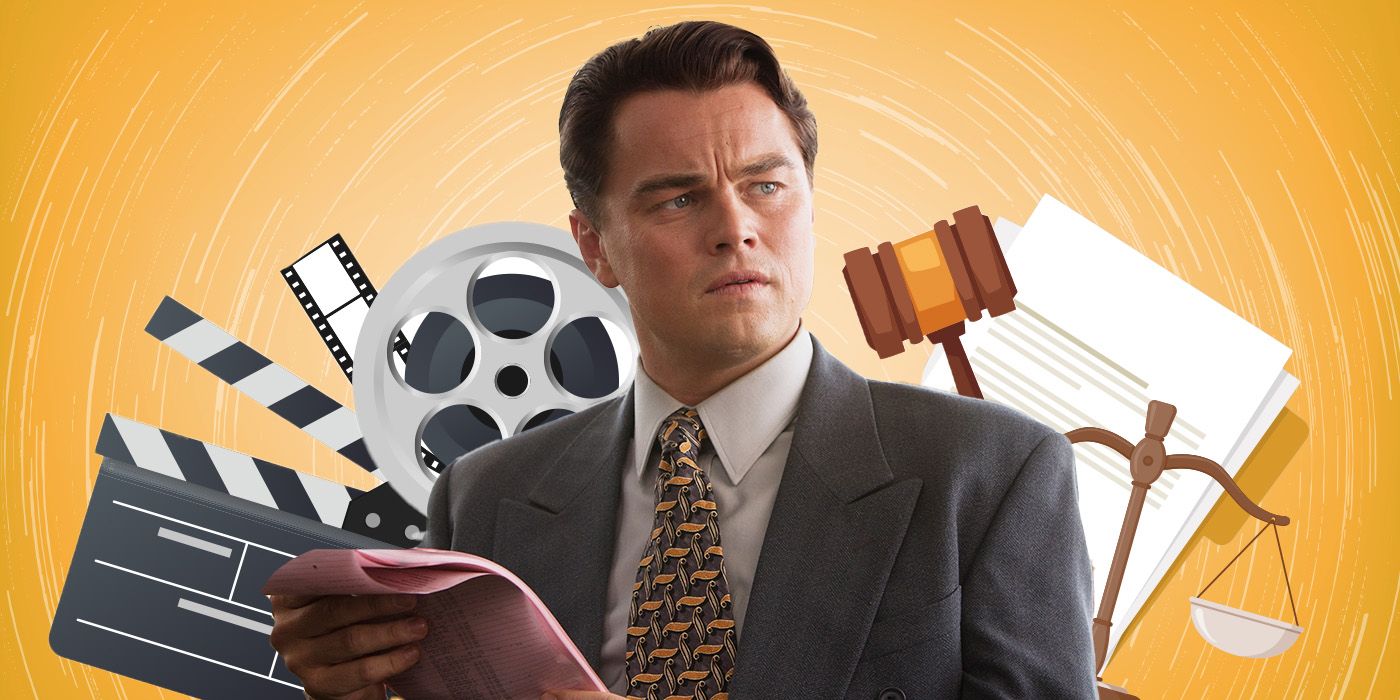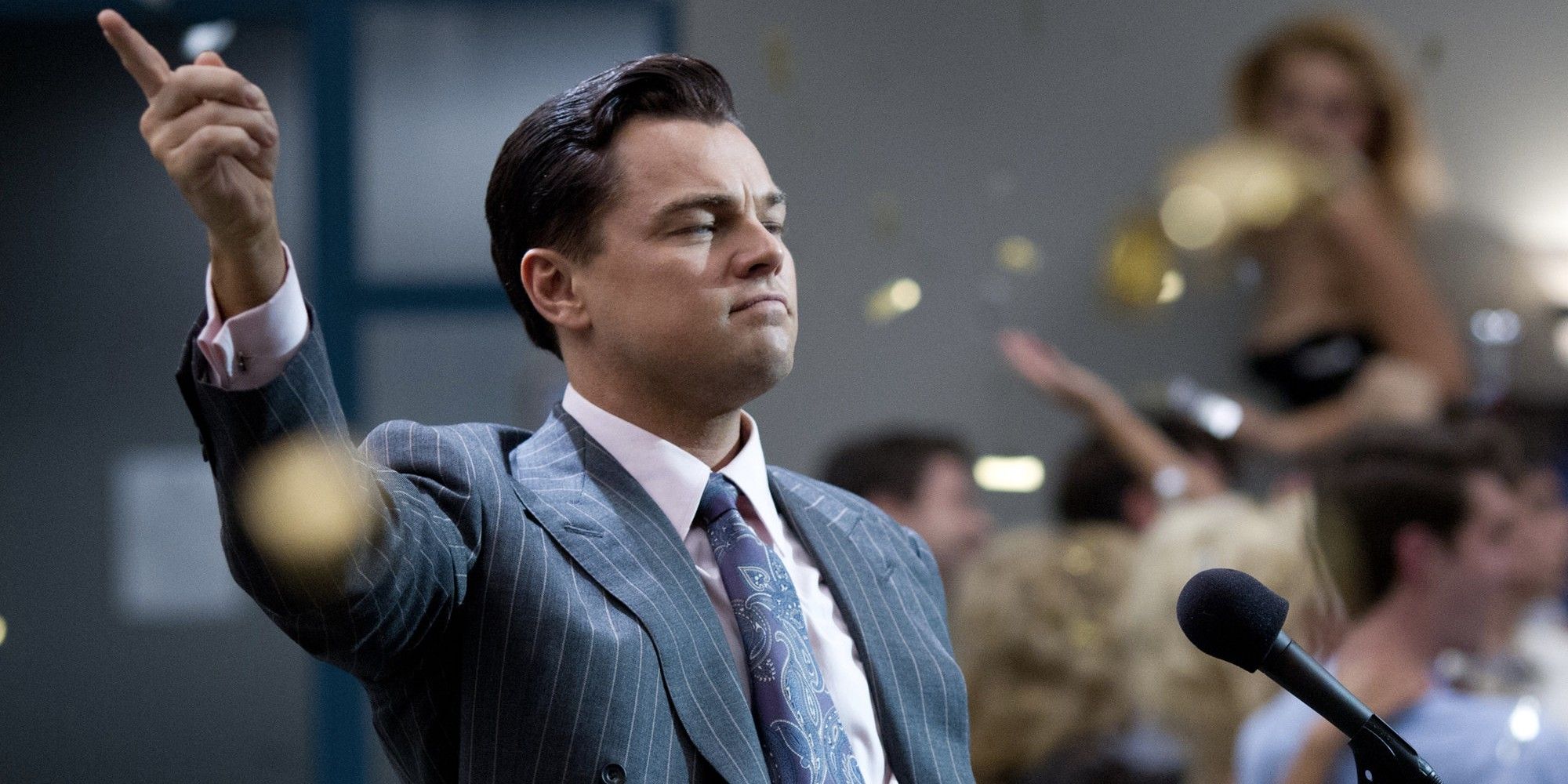The Big Picture
- Director Ridley Scott was going to direct
The Wolf of Wall Street
before Martin Scorsese took over, an example of the stop-start nature of the film’s development. - Jordan Belfort, the real-life inspiration for the film, utilized illegal schemes like the “pump and dump” to defraud investors and smuggled money into Switzerland.
- The film could have starred actors like Chris Evans and Brad Pitt in different roles, but ultimately, Leonardo DiCaprio won the bid and Martin Scorsese became the director, leading to its successful release in 2013.
While Ridley Scott‘s historical epic Napoleon stormed its way into theaters in 2023, it was far from Scott’s first take on a powerful figure’s life story. A historical epic is nothing new for Scott, with movies such as Exodus: Gods and Kings and Kingdom of Heaven already under his belt, but did you know that there was once a time when Ridley Scott was hired to direct a very different kind of biopic? That’s right, during its initial development hell, producer Leonardo DiCaprio hired Scott to direct what later became Martin Scorsese’s The Wolf of Wall Street.
The Wolf of Wall Street
Based on the true story of Jordan Belfort, from his rise to a wealthy stock-broker living the high life to his fall involving crime, corruption and the federal government.
- Release Date
- December 25, 2013
- Director
- Martin Scorsese
- Runtime
- 179
- Main Genre
- Crime
- Writers
- Terence Winter , Jordan Belfort
What Is the True Story Behind ‘The Wolf of Wall Street’?
The Wolf of Wall Street‘s central figure, Jordan Belfort, first got a taste of Wall Street during his formative years at the investment banking firm L.F. Rothschild, before it experienced the worst one-day market crash since 1929. By applying his aggressive (and illegal) penny stock pitching style to a boiler room brokerage, Belfort eventually built his own business, Stratton Oakmont. The company utilized Belfort’s “pump and dump” scheme, in which misleading praise was used to inflate his stocks’ values so that his company could sell at a higher price. Once sold, the price plummeted, leaving investors with stock worth much less than what they paid Belfort and his company. Hoping to dodge the FBI who were investigating his company, Belfort utilized his European friends and family members to smuggle his money into Switzerland, where he opened a bank account with a corrupt banker. This led to Belfort serving 22 months in prison before becoming a public speaker, teaching sales techniques. While in prison, he was inspired by his cellmate, Tommy Chong, to write a book on his life story, which he called The Wolf of Wall Street.
Belfort’s restitution required that half of his income be paid to the roughly 1,500 clients he defrauded up to 2009, with a total of $110 million in restitution further mandated. In the hopes his story would become his saving grace, Belfort wrote an initial 130 pages during his prison sentence, but started from scratch after his release. Publisher Random House paid Belfort an advance of $500,000 for his story and the book’s film rights became the focus of a bidding war even before its publication. Leonardo DiCaprio won the bid for Warner Bros. against fellow actor-producerBrad Pitt, calling Belfort’s story “a modern-day Caligula.” Boardwalk Empire‘s Terence Winter began writing the screenplay, and Martin Scorsese signed on to direct with DiCaprio in the role of Belfort. But if this was originally the plan, how was it that the director position for The Wolf of Wall Street was briefly passed to Ridley Scott?
A Writers Strike Halted Development on ‘The Wolf of Wall Street’
Jordan Belfort enjoyed a million-dollar payday for this deal with Warner Bros., but would eventually find the stop-start nature of the process frustrating. Director Martin Scorsese revealed in the book Conversations with Scorsese that even he felt as though he’d “wasted five months of [his] life” on the project without Warner Bros giving it the green light. DiCaprio was a producer on the project and had already worked with Scorsese on Gangs of New York, The Aviator, and The Departed at this point. Frustrations only grew as Hollywood witnessed the 2007 Writers Guild Strike, meaning development on The Wolf of Wall Street was halted officially. It was at this point that Scorsese and DiCaprio dropped the project to go shoot their fourth collaboration, Shutter Island.
Production at Warner Bros. was butting heads with distribution at Paramount, and with pressure on Belfort to have his movie succeed, he worried this was the end for The Wolf of Wall Street. This was nothing new for Hollywood, however, or even Scorsese specifically. La Brava novelist Elmore Leonard had, at one time, become so frustrated with Scorsese and actor Dustin Hoffman during development of a La Brava adaptation (that never came to be) that he parodied the situation in his novel Get Shorty. Belfort was left high and dry, until at one point, Gladiator director Ridley Scott signed onto the project. After Scorsese left to direct Hugo, DiCaprio was still passionate about Belfort’s story, so he re-teamed with Scott, who he’d worked with on Body of Lies. The clock was ticking, however, with DiCaprio set to star in J. Edgar for Clint Eastwood and Scott set to direct his Alien spin-off Prometheus for Fox. Ultimately, these commitments put Belfort’s story on ice yet again.
‘The Wolf of Wall Street’ Could Have Starred Chris Evans in Jonah Hill’s Role
In Terence Winter’s script, Jordan Belfort’s real-life business partner Danny Porush was represented by the fictional character Donny Azoff. During the various incarnations of The Wolf of Wall Street that nearly came to be, several actors auditioned for the role of Donny, including The Avengers star Chris Evans and Inception‘s Joseph Gordon Levitt. The role was eventually given to Jonah Hill, whose depiction of the character is so far removed from anything we’ve seen Evans or Gordon Levitt do that it’s hard to imagine their interpretations of the same character.

‘The Wolf of Wall Street’ Had Unbelievable Legal Issues During Its Production
Fraud becomes more fact than fiction here.
Another actor to lose out of a major role in The Wolf of Wall Street was, of course, Brad Pitt, who planned on starring as Belfort should he have won the bidding war against DiCaprio. Losing roles in Scorsese movies is nothing new for Pitt though, who produced Scorsese’s Oscar-winning 2006 film The Departed. The movie was a gritty crime drama set in Boston and was a remake of the Hong Kong action thriller Infernal Affairs. Pitt had originally planned on playing crooked cop Colin Sullivan, but when Scorsese cast DiCaprio as Sullivan’s foil Billy Costigan, Pitt stepped down in order for the villain to be closer in age to the hero. The role eventually went to Matt Damon.
As a producer on the film, this exemplifies Pitt’s priority to service the film’s story over his own career, meaning that although we may be interested in what Ridley Scott’s version of The Wolf of Wall Street may have looked like, ultimately the director’s inability to commit to the project may have saved it in the end.
What Would Ridley Scott’s ‘Wolf of Wall Street’ Have Looked Like?
After the movie’s turbulent production, The Wolf of Wall Street finally opened in 2013 to rave reviews from critics and fans alike. For a film about greed and corruption that indulges so much in the world of excess, it feels so inherently Scorsese, harking back to his work on movies such as Goodfellas and Casino. How then, might Ridley Scott’s version have turned out, given that the two filmmakers have two very distinct styles? Some of Ridley Scott’s projects to be released since his brief attachment to the Jordan Belfort project may offer an insight into the potential style this adaptation could have had.

12 Underrated Ridley Scott Movies That Deserve More Love
“Are you not entertained?”
Scott has directed several stories of recent history’s wealthiest people, including 2017’s All the Money in the World. This movie sees Scott direct a gritty, dark take on the real-life story of billionaire Jean Paul Getty. The film details the kidnapping of 16-year-old John Paul Getty III whose mother (played by Michelle Williams) desperately tries to convince the boy’s rich grandfather to pay the ransom. The movie was sadly overshadowed by the fact that Getty was originally played by Kevin Spacey, and his scenes needed to be re-shot with Christopher Plummer as a result of Spacey’s sexual harassment allegations. Another, more levity-balanced take on the absurdly rich is Scott’s film House of Gucci, which stars Lady Gaga as Patrizia Reggiani and Adam Driver as Maurizio Gucci. This film received mixed reviews, partially due to its inclusion of a questionable performance by Jared Leto, but if anyone wished to imagine what Ridley Scott’s The Wolf of Wall Street may have looked like, these two films could offer some clues.
Source link


